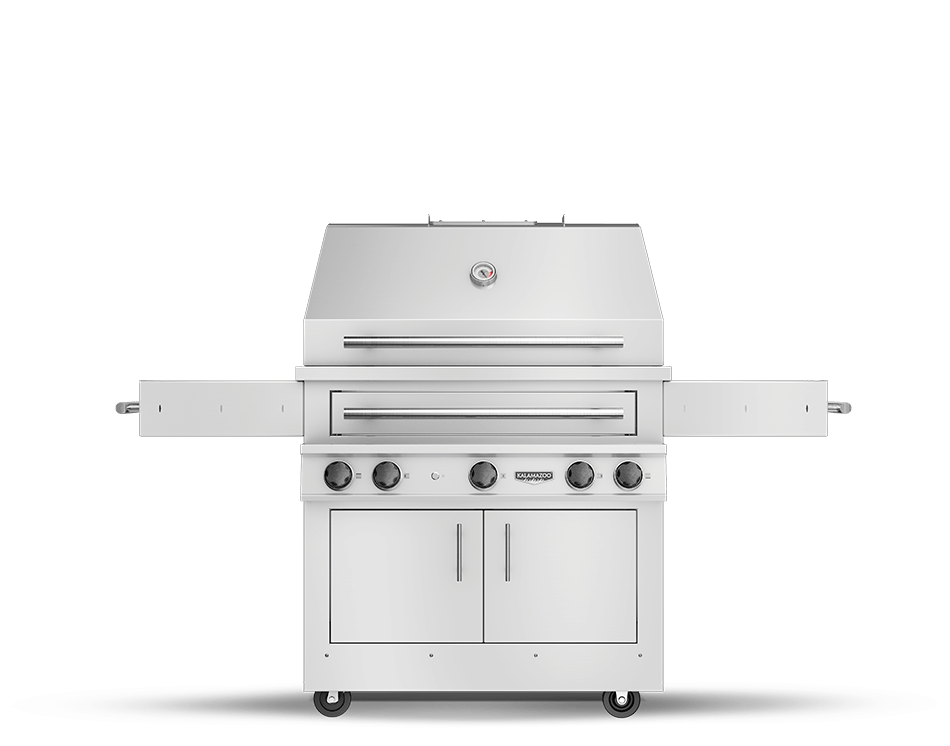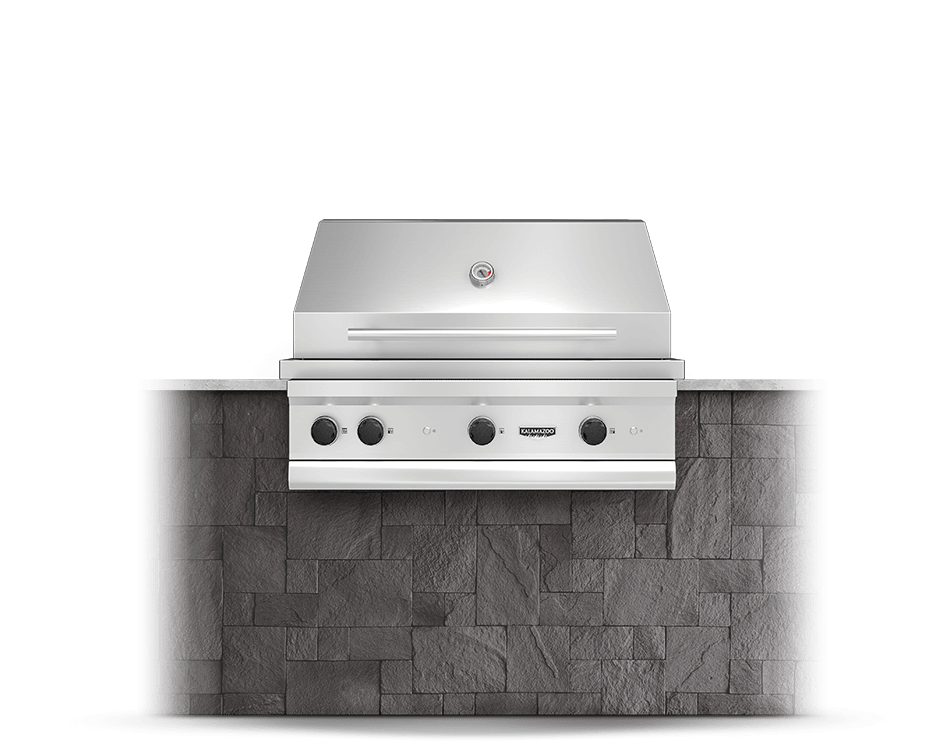Classic Smoked Beef Brisket
For me, brisket is the ultimate expression of traditional American barbecue. It requires time, attention to detail, and the proper equipment, to produce the perfect brisket. There are many methods and variations on techniques out there, and each nuance has its own group of passionate advocates. Time, temperature, injections, rubs, the “Texas crutch” and tricks I’ve never even heard of are all out there to be explored. I personally embrace the simple approach paired with a low temperature method, which yields tender, juicy meat with incredible flavor.
The keys to success are: starting off with good quality meat (and using a whole packer, not just the flat), a pit that holds its temperature well and is efficient with its smoke, and plenty of patience. Plan ahead and start early. The brisket should not be rushed, and it is far better for it to be finished early, than it is to be late for the party. After smoking, the brisket should rest for at least an hour, wrapped in foil in a cooler. Or, it can hold for several hours, wrapped and in a 140°F oven.
For extensive information about smoking brisket, I recommend you check out this article by our friends at AmazingRibs.com.
.jpg?width=1300&height=800&ext=.jpg)
- 2 tablespoons chopped dried garlic
- 2 tablespoons chopped dried shallot
- 2 tablespoons kosher salt
- 2 tablespoons coarsely ground black pepper
- 1 whole packer brisket, about 12 pounds, Choice grade or better
- Oak wood chunks for smoke
Prepare the smoker for 225°F smoking with oak wood (see detailed instructions for the Kalamazoo Smoker Cabinet following the recipe). Smoking duration will be 18 to 22 hours. After smoking, it should rest for at least 1 hour, but can be held in the oven at 140°F for several hours. Plan to put the brisket in the smoker 24 hours before serving so that you can be confident it will be done and ready.
Grind the chopped garlic and shallots together in a spice grinder (freshly-grinding your garlic and shallots leads to better flavor and a more interesting texture). Combine with the salt and pepper to make the brisket rub.
Trim the outer layer of fat on the brisket down to a maximum thickness of 1/4 inch thick. There are two separate muscles on a whole packer brisket, the “flat” and the “point.” The flat is the thin slab that forms the entire base of the brisket. This is the leaner part of the brisket. The point is the triangular mass on top. While trimming off the fat, take note of the grain direction of these two muscles. They are different from one another. When it comes time to slice and serve, remember these two grain directions so that you can slice across the grain.
Coat the brisket all over with the rub, working it in with your hands. Refrigerate the seasoned brisket, uncovered, until the smoker is ready. A cold brisket going into the smoker is able to develop a more intense smoke ring than a room temperature brisket.
Transfer the brisket to the smoker, placing it with the flat on the bottom, and smoke at 225°F with oak wood for flavor. The target internal temperature for the meat is 203°F, which will require about 90 minutes per pound. The internal temperature is important, but so is “the jiggle.” The tough, connective tissues in the brisket will eventually break down to a gelatinous state. When they do, the brisket will jiggle when poked, prodded or dropped. That’s how you know you’ve made a great brisket.
While it is cooking, you might observe that the brisket stops rising in temperature at around 150°F internal temperature. This phenomenon is known as “the stall,” and it is caused by the cooling effect of the evaporating moisture off the surface of the meat. Do not be concerned. It will eventually rise in temperature again.
Once finished, remove the brisket from the smoker, wrap tightly in foil, and let rest for at least an hour inside an insulted cooler, or for longer in an oven set to 140°F. The ideal internal temperature for slicing the brisket is 140°F.
Slice the meat across the grain and prepare for the onslaught of compliments from your happy guests.

Setup for the Kalamazoo Smoker Cabinet
Load the smoker with a full load (7 pounds) of premium Kalamazoo Quebracho lump charcoal. Clip the pit temperature probe to the center of the bottom food grate and set the BBQ Guru pit computer to 225°F pit temp. Fully-open the chimney, ball valve, and fan shutter. Light the charcoal (see owner’s manual) and preheat the smoker for 1 hour to ensure even heat throughout the heavy stainless steel food chamber. Once the BBQ Guru computer indicates the pit has reached 225°F, about 30 to 40 minutes, reduce the fan shutter opening to 50%. After the first 45 minutes of preheating, add 2 large oak wood chunks to the ash pan below the charcoal fire. The embers from the fire will fall on the wood to create flavorful smoke.
Insert the food temperature probe into the center of the brisket, then place the brisket directly onto the center food grate with the brisket flat on the bottom and the point on the top. Close the door tightly and plug the food temperature probe into the BBQ Guru pit computer. Set the food temperature on the computer to 203°F.
For the first 3 hours, replace the spent oak wood chunks every 45 minutes. After the first 3 hours, continue to replace them every hour or so. Assuming you go to sleep somewhere during the cook, you do not need to continue adding wood chunks during that time. The smoke from the charcoal will continue to flavor the meat. You should, however, top off the charcoal to ensure the smoker does not run out. We recommend that you ensure ample wood smoke for the first 5 hours and final 2 hours of the smoking time. You can replace the wood as seldom as you like during the period in between.





